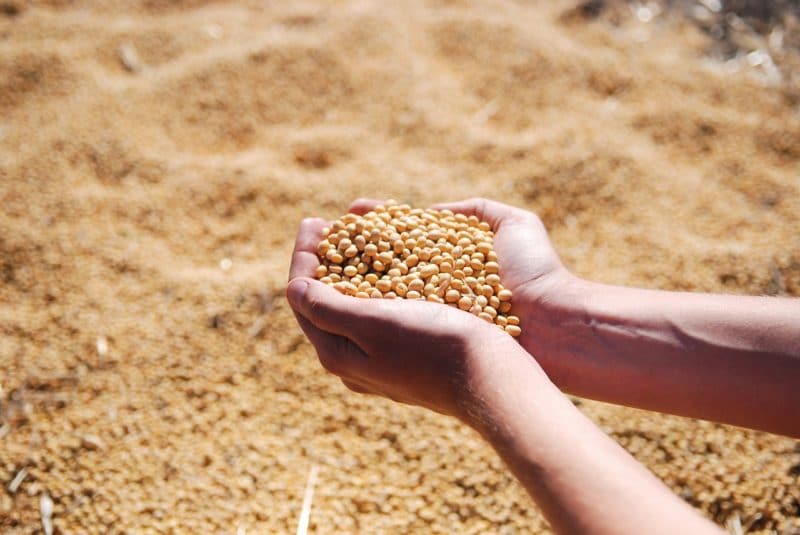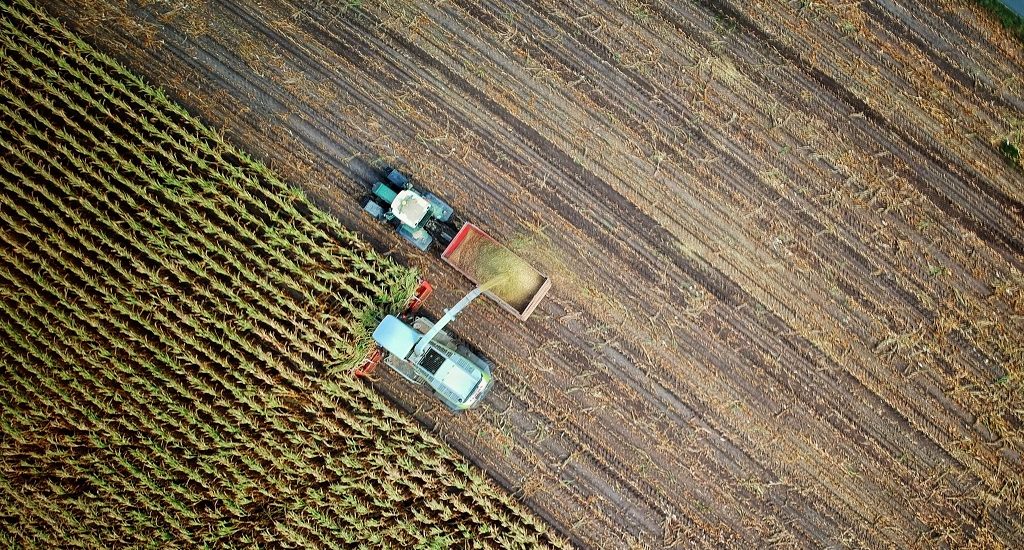What is precision agriculture?
The yield of a crop is the result of a large number of factors that affect it. Even within the same crop plot there may be considerable variability between different areas of the same.
This may be due to a range of characteristics, such as those related to the heterogeneity of the land, an incorrect application of products that favor its development or a poorly designed irrigation system, among others.
To minimize these negative effects for farmers, the term “precision agriculture” emerged at the beginning of the 1980s, although it has been in recent years, coinciding with the expansion of new technologies for obtaining and processing data, when it has begun to enjoy a considerable role in the agricultural sector.
Definition and advantages of precision agriculture
By precision agriculture we understand the set of technologies and procedures for the management of agricultural systems based on geo-referenced data.
The availability of accurate, localized and real-time information is very useful, since with the measured parameters we can know exactly the needs of the plant, being able to act accordingly.
The agriculture of precision contributes big advantages to the farmer, being able to emphasize the following:
- Improvement of land management. Decisions based on reliable, up-to-date and real-time data reduce the margin of error when focusing on actions in the field.
- Process automation. With the data collected through sensors and through the application of algorithms can perform tasks without requiring the hand of man.
- Cost savings. Knowing the exact quantities of products and water required by a crop avoids wasting resources, with the consequent reduction of economic investment.
- Lower environmental impact as a result of the exact application of agrochemical products.
- It provides a more precise record of the characteristics of the plot. Information that can be very useful for the sale of it.
Phases of precision agriculture
Working based on the principles of precision agriculture requires compliance with certain stages.
1. – Geolocation and data collection
The first step will be to make a study of the location of the land, using technologies such as GPS or satellite images. This definition of the plot provides us with the canvas on which to shape the information of interest.
Once the crop is geolocated, it is time to collect the value of the different parameters that will help to manage crops in a more optimal way. These parameters are very varied, highlighting the pH, conductivity and electrical resistivity, humidity, vegetation level, soil texture, etc.
To this end there is an important quantity of measuring devices that are based on electromagnetic, optical, mechanical, acoustic or electrochemical principles.
Optical sensors usually measure the reflectivity of light in different spectra, such as near or mid-infrared. With them you can determine characteristics such as clays, organic matter and soil moisture.
On the other hand, electrochemical sensors are responsible for measuring the amount of certain ions in the soil, so that information is obtained on parameters such as acidity (pH) or the amount of certain nutrients.
As for the mechanical sensors, these work by means of a probe that when penetrating in the ground measures the resistance of the same. This shows how compact the terrain is and the resistance of the roots, which is related to irrigation levels.
The humidity sensors are based on changes in the dielectric constant of the soil, variable related to humidity.
The airflow sensors work based on the air permeability in the soil. They measure the pressure required to move a certain amount of air in the ground to a set depth. With them you get information on properties such as the degree of compaction, type or soil moisture.
The weather stations also provide us with very valuable information, such as air and soil temperatures, rainfall, wind speed, atmospheric pressure, etc.
2. – Data analysis
All the information collected by the sensors described above has to be processed through statistical and mathematical treatments that allow an understanding of the situation of the field.
Once treated, the simplest and most direct way to draw value conclusions from data is usually through data visualization techniques, such as maps, graphs or tables of values.
3. – Decision making
The combination of the data obtained and processed with the training and experience of specialized personnel means that management decisions are adjusted to the conclusions obtained.
In addition, with this information it is easier to take preventive actions, such as those related to the action against pests and diseases, to the feeding of the plant or to its irrigation.
Finally, a self-assessment of the entire process will have to be done, with the goal of continuous improvement by correcting failures and identifying successes. In addition, the annual registration of campaigns is very useful for their intercomparison.

Future prospects are very encouraging for precision agriculture. In fact, it is expected that in the period from 2018 to 2020 its market will grow from 730 million dollars to 2.42 billion.
Technologies such as those related to drones, autonomous tractors and Internet of Things (IoT) have much to say in this digital transformation in which the agricultural sector is immersed. With its implementation more and more farmers will be aware of its benefits, reducing some reluctance about it that still remains latent.

Leave a Reply